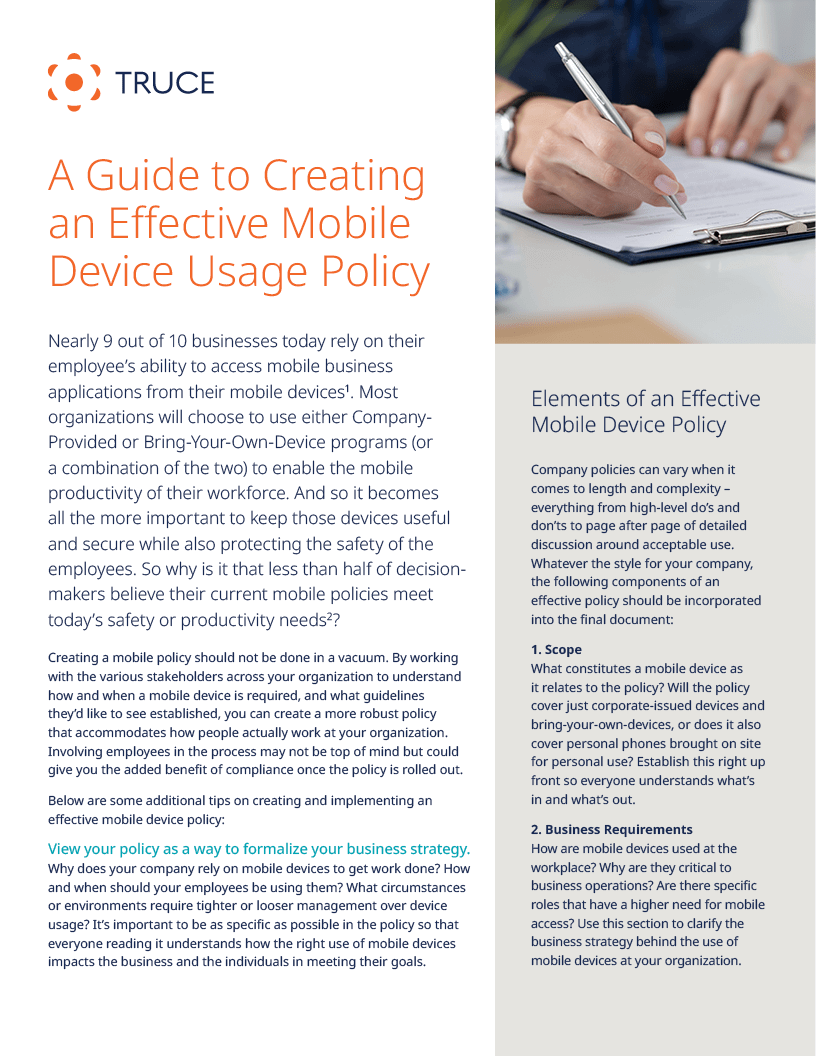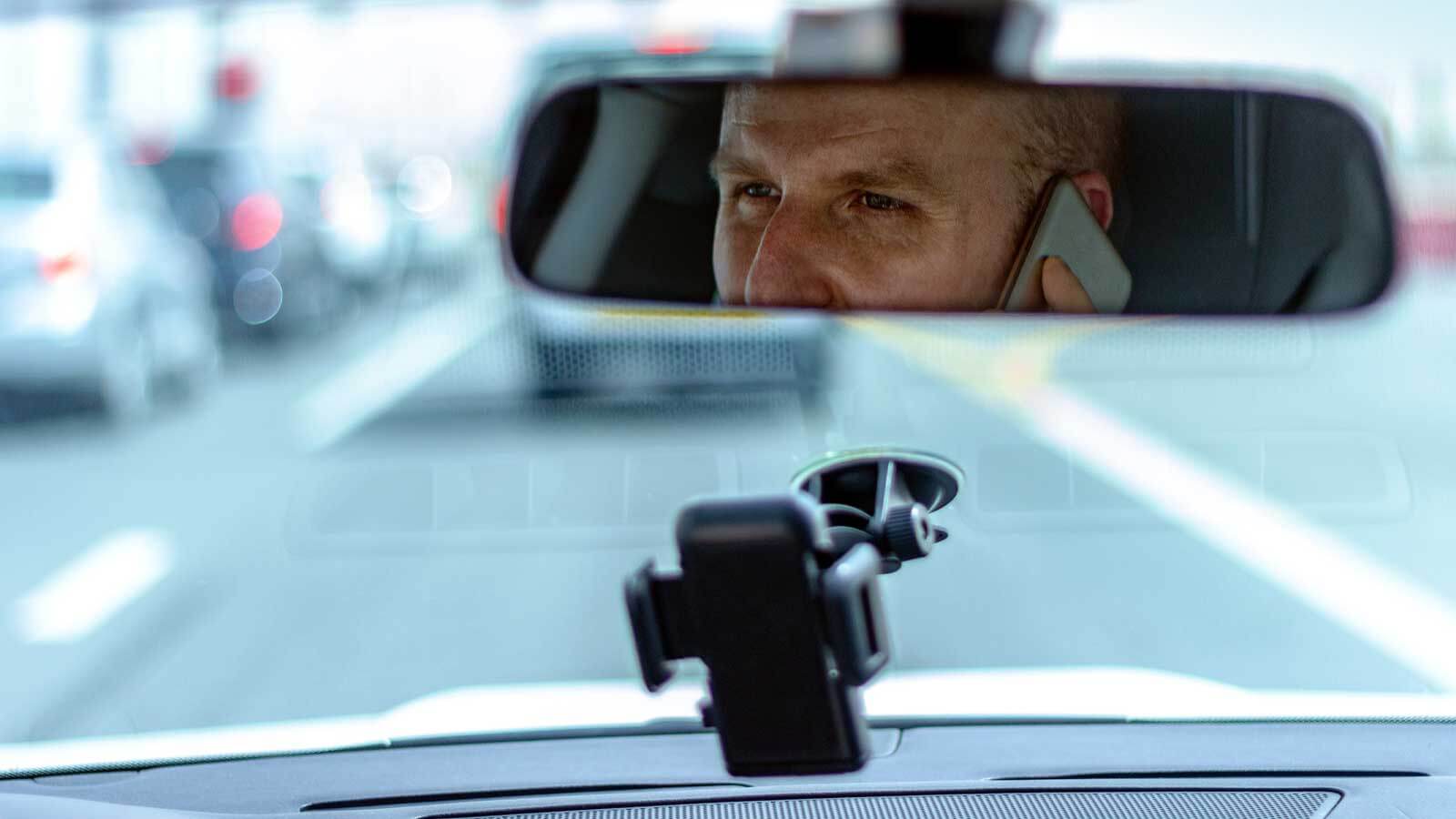Employers play a crucial role in reducing distracted driving among their employees. While both employers and employees acknowledge the danger of fleet distracted driving and the importance of reducing it, employers must lead by example. Unfortunately, many businesses have difficulty enforcing their mobile use policies, leaving employees to hold themselves accountable for compliance. Distracted driving software can fill that gap and automatically keep employees compliant.
Every year in the United States, 46,000 people lose their lives in fatal crashes. The National Highway Traffic Safety Administration estimates that about 3,142 of those incidents stem from distracted driving, but according to experts, this number is grossly underestimated.
Companies with fleets are particularly at risk because of how much employees drive and the mounting pressure of workers to stay digitally connected as a part of their job. TRUCE surveyed 1,500 adults to ask about their work-related mobile device use. The results were eye-opening: 72% of respondents whose job involves driving feel pressure to use their devices to communicate with their employers while behind the wheel.
Safety Culture and Distracted Driving
Mobile devices are essential for many deskless employees whose tasks are met primarily in the field. 65% of survey respondents indicated that their mobile device usage extends beyond email and text messages – including work-related tasks.
Survey results point to a specific area that has the most potential to reduce distracted driving on the job: employer accountability. Managers and employers must “walk the walk” by prioritizing employee safety and wellbeing.
For example, if employees aren’t permitted to communicate while driving, employers should refrain from contacting them when they’re on the road. If a company wants its workers to adhere to its mobile device policy, employees should not feel pressured by their employers to break safety/operational protocols. In other words, safety culture should trickle down from the top and be modeled by example.
Fleet Distracted Driving Policy
When expectations are unclear (or worse, contradicted), companies are vulnerable to crashes involving distracted drivers. Beyond compromising driver safety, employee distracted driving can result in high costs to a business. An on-the-job accident can mean higher insurance premiums or legal liability resulting in substantial monetary losses for an organization.
Therefore, the first step is developing a strong mobile device policy. Policies establish a framework for how employees should behave and interact with their cell phone or tablet. Distracted driving policies protect workers, businesses, and equipment. For advice on how to create a comprehensive mobile device policy, download a free guide here.

A Guide to Creating an Effective Mobile Device Usage Policy
Learn the components of an effective policy
However, just as distracted driving laws do not prevent most drivers from texting and driving, neither do employer mobile device policies.
“What we’re seeing here,” said TRUCE CEO Joe Boyle, “is that businesses are depending on employees to police themselves on safe mobile devices.”
There has to be a way to enforce the policy at scale. Many fleet safety programs include telematics systems or cameras that use AI to detect eyes off the road. Best-in-class fleets add software to prevent distracted driving at the source.
Fleet Texting and Driving Application
Safety leaders, especially those in fleet management, can eliminate mobile device distractions via contextual mobility management (CMM). When CMM is in use, all types of distraction (social media, gaming, and similar non-essential apps) can be temporarily suppressed while employees drive.
Even incoming calls or texts can be diverted when the tech senses that the employee is on the road. Calls move to hands free speakers, if policy allows, and the software sends automated response messages to incoming texts while suppressing alerts for both.
Employers and supervisors must set an example and prioritize employee safety first. Distracted driving software such as TRUCE CMM can enforce mobile device policies, create safe driving habits and reduce distracted driving risks. It’s essential that employees on the road are given the space to remain focused while driving, allowing them to respond to calls, texts and emails only when it is safe to do so.

